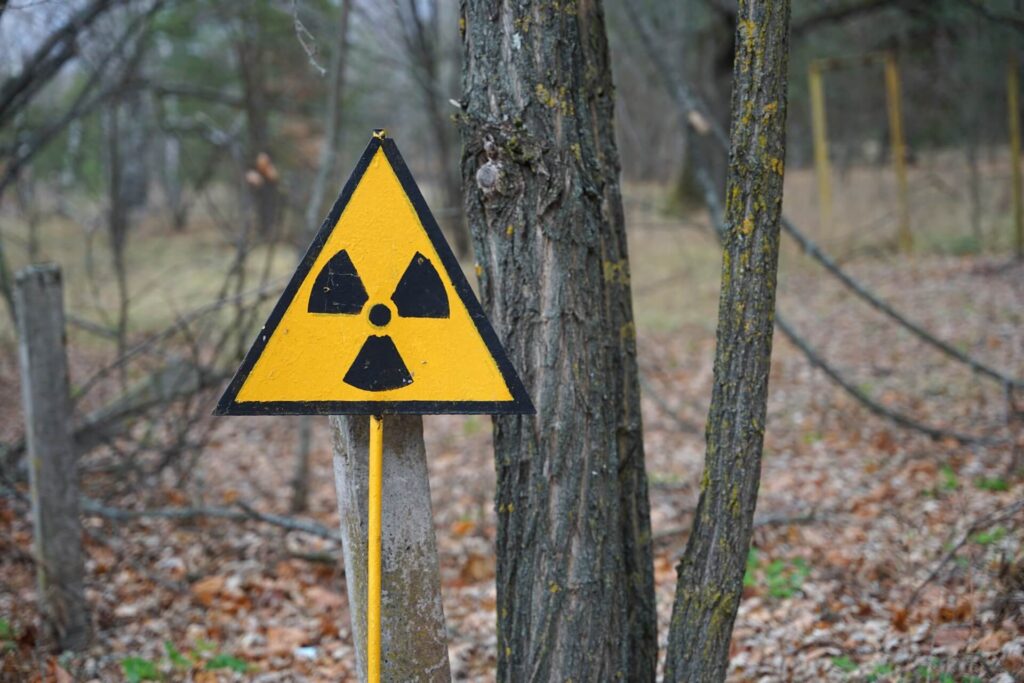Mushrooms are renowned for their nutritional and medicinal properties, but they can also act as bioaccumulators of heavy metals, absorbing contaminants from their environment. The presence of heavy metals in mushrooms varies significantly across different countries, reflecting local industrial activities, agricultural practices, and environmental regulations. In this blog, we explore how mushrooms from China, the United States, and Brazil compare in terms of heavy metal contamination and what this reveals about their respective environmental conditions.
China: Industrialization and Soil Contamination
China is one of the largest producers and exporters of mushrooms, particularly species like Lentinula edodes (shiitake) and Agaricus bisporus (button mushroom). However, rapid industrialization has led to increased soil and water contamination, resulting in higher concentrations of heavy metals such as lead (Pb), cadmium (Cd), and mercury (Hg) in mushrooms grown in polluted regions. Studies have reported that mushrooms cultivated near industrial zones or in soil with past mining activities exhibit elevated heavy metal levels, raising concerns about food safety.
Despite governmental efforts to enforce agricultural regulations and improve food safety standards, soil pollution remains a persistent issue. The presence of heavy metals in mushrooms from China serves as an indicator of ongoing environmental challenges and the need for stricter contamination monitoring.
Issues with Imported Chinese Mushrooms
Imported mushrooms from China have also raised concerns due to inconsistent regulatory enforcement and quality control. Several reports have identified batches of Chinese mushrooms containing excessive levels of heavy metals and pesticide residues. The lack of stringent oversight in some exporting farms means that consumers, particularly in international markets, may unknowingly be exposed to contaminants. Regulatory agencies in various countries have occasionally recalled imported Chinese mushrooms due to safety violations, highlighting the need for increased transparency and testing.
United States: Regulated but Not Immune
The United States has stringent environmental regulations, including limits on heavy metal contamination in agricultural products. However, mushrooms grown in certain regions are still susceptible to heavy metal accumulation, particularly arsenic (As) and cadmium (Cd), due to past industrial activities and the use of phosphate fertilizers.
Wild mushrooms, such as those collected in forested areas, often contain higher levels of heavy metals compared to commercially cultivated varieties. This is largely due to natural soil composition and historical pollution rather than current industrial emissions. Overall, U.S. mushroom production benefits from regulated growing conditions, but environmental legacies still contribute to localized contamination.
Brazil: Agricultural Practices and Natural Soil Composition
Brazil’s mushroom industry is growing, particularly in the production of Agaricus blazei Murill (ABM) and Pleurotus species (oyster mushrooms). The country’s environmental conditions vary widely, with some regions benefiting from relatively low industrial pollution. However, agricultural practices, including the use of pesticides and fertilizers, can introduce heavy metals into the soil.
A particularly interesting region for ABM cultivation in Brazil is the desert forest adjacent to the Atlantic Rainforest. This unique ecosystem provides an environment with naturally low levels of heavy metals and contaminants, making it an ideal location for growing high-quality mushrooms. Studies indicate that mushrooms cultivated in this region tend to have lower heavy metal concentrations due to the minimal industrial footprint and the naturally balanced soil composition.
Studies indicate that mushrooms from Brazil generally have lower heavy metal concentrations than those from highly industrialized countries. However, regional differences exist, especially in areas with extensive mining activities. Given Brazil’s significant biodiversity and agricultural expansion, continued monitoring is essential to prevent contamination from increasing.
Mushrooms and Radiation Absorption
Beyond heavy metals, mushrooms are also known to absorb radioactive elements such as cesium-137, a byproduct of nuclear fallout. This property has led to restrictions on wild mushroom consumption following nuclear plant disasters such as those at Fukushima and Chernobyl. In contaminated areas, mushrooms can accumulate high levels of radioactive isotopes from the soil, making them unsafe for consumption. Studies following these disasters have demonstrated the long-term persistence of radioactive contamination in wild mushroom populations, reinforcing the need for careful monitoring in affected regions.
Comparative Reflection: What Heavy Metals in Mushrooms Reveal About Our Environment
The varying levels of heavy metals in mushrooms across China, the U.S., and Brazil highlight the broader impact of industrialization, agriculture, and environmental policies. While China’s industrial pollution poses a significant challenge, the U.S. still grapples with legacy contamination. Brazil, with its relatively lower industrial footprint, benefits from cleaner soil in many areas but must remain vigilant about agricultural contaminants.
For consumers and researchers, understanding the environmental factors influencing heavy metal accumulation in mushrooms is essential. Choosing organically grown mushrooms, verifying sourcing information, and advocating for stricter environmental policies can help mitigate exposure to these contaminants while promoting sustainable agricultural practices.
Bibliography
- Wang, X., & Chen, Z. (2018). Heavy metal accumulation in edible mushrooms from China: A food safety concern. Food Chemistry, 245, 292-297.
- Smith, J., & Brown, K. (2020). The impact of industrial pollution on soil contamination in agricultural products. Environmental Research, 186, 109567.
- U.S. Environmental Protection Agency (EPA). (2022). Heavy metal regulations in food and agricultural products. Retrieved from www.epa.gov
- Silva, R., & Oliveira, L. (2019). Mushroom cultivation in Brazil: Environmental and safety perspectives. Brazilian Journal of Mycology, 45(2), 134-142.
- International Agency for Research on Cancer (IARC). (2021). Arsenic, cadmium, lead, and other heavy metals in food products. World Health Organization.
- Steinhauser, G., & Brandl, A. (2016). Radionuclide contamination in mushrooms after nuclear accidents: A review. Journal of Environmental Radioactivity, 157, 66-75.
- Smith, H. (2019). Fukushima’s lasting impact on wild mushrooms: Cesium accumulation and food safety concerns. Environmental Toxicology and Chemistry, 38(4), 752-761.

